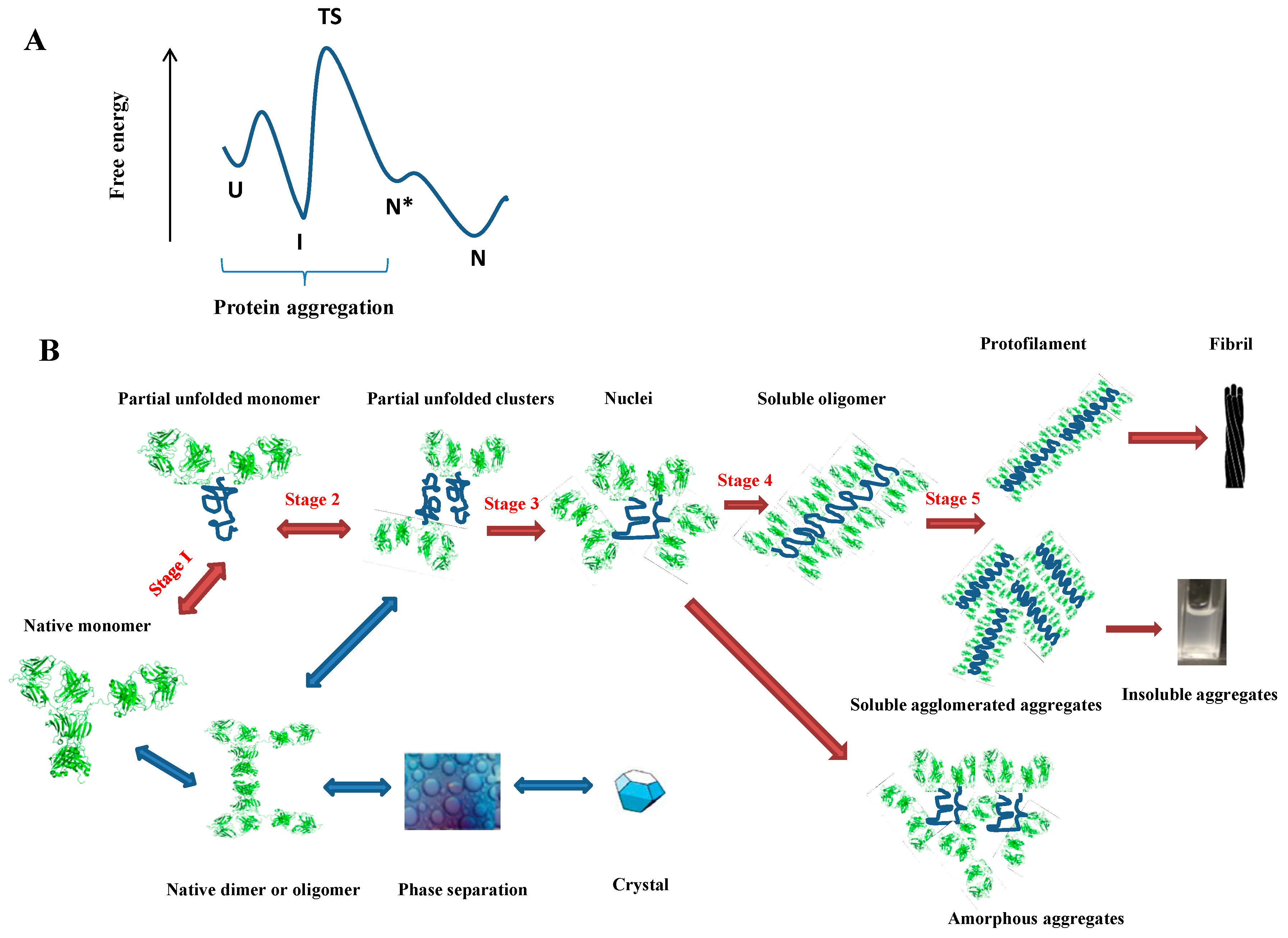

Yi Pan, PhD, is a Regents' Professor of Computer Science and an Interim Associate Dean and Chair of Biology at Georgia State University. He is an editorial assistant of International Journal of Bioinformatics Research and Applications. His research interests are in bioinformatics, machine leaning, and cloud computing. He received his PhD degree in computer science from Georgia State University in 2015. Xuan Guo, PhD, is a postdoctoral associate at Oak Ridge National Lab, USA. He was a Molecular Basis of Disease fellow at Georgia State and is the recipient of the highest graduate honor at Georgia State, the William M. His research interests are in databases, parallel and distribute computing and bioinformatics. He received his PhD, MSc and BSc degrees in computer science all from Georgia State University. Ken Nguyen, PhD, is an associate professor at Clayton State University, GA, USA. Multiple Biological Sequence Alignment: Scoring Functions, Algorithms and Applications is a reference for researchers, engineers, graduate and post-graduate students in bioinformatics, and system biology and molecular biologists. *Examines phylogeny estimation and large-scale homology search * Describes theories and developments of scoring functions and scoring matrices
Biological sequence analysis full#
* Covers the full spectrum of the field, from alignment algorithms to scoring methods, practical techniques, and alignment tools and their evaluations Lastly, Chapter 11 provides a review of RNA and protein secondary structure prediction using the evolution information inferred from multiple sequence alignments. Chapter 10 describes a Bioinformatics application using multiple sequence alignment of short reads or whole genomes as input. Next, Chapter 8 covers several popular existing multiple sequence alignment server and services, and Chapter 9 examines several multiple sequence alignment techniques that have been developed to handle short sequences (reads) produced by the Next Generation Sequencing technique (NSG). Chapter 7 covers the latest methods developed to improve the run-time efficiency of multiple sequence alignment. Chapter 6 describes how traditionally phylogenetic trees have been constructed, and available sequence knowledge bases can be used to improve the accuracy of reconstructing phylogeny trees. Chapter 5 describes, characterizes and relates many multiple sequence alignment models. Next, Chapter 2 contains fundamentals in pair-wise sequence alignment, while Chapters 3 and 4 examine popular existing quantitative models and practical clustering techniques that have been used in multiple sequence alignment. This book contains 11 chapters, with Chapter 1 providing basic information on biological sequences. This book describes the traditional and modern approaches in biological sequence alignment and homology search.

Biological sequence analysis how to#
Covers the fundamentals and techniques of multiple biological sequence alignment and analysis, and shows readers how to choose the appropriate sequence analysis tools for their tasks


 0 kommentar(er)
0 kommentar(er)
